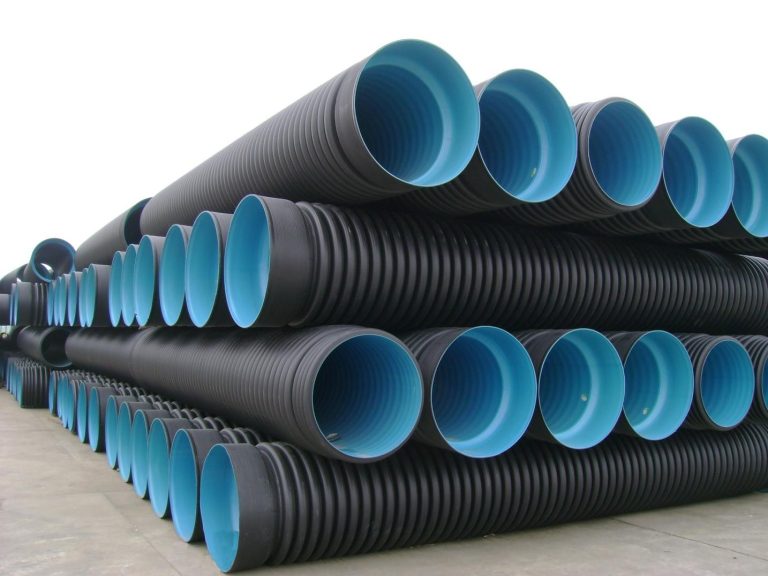We’ll start this post with a positive – across the whole, UK energy consumption in industry (and as a whole, including domestic use) is falling year on year. The latest report from the Department of Energy & Climate Change (which you can read in full here) paints a broadly positive picture for overall industrial energy efficiency. We’re much less reliant on solid fuels, and bioenergy use has grown hugely over the past 10-15 years. On the flipside, though, things don’t necessarily look quite so good elsewhere – particularly electricity and gas. While gas use has fallen it’s still comparatively high, and electricity reliance is equally high but has seen a reduction since the mid-90s. (Source: Department of Energy & Climate Change – Data Tables) However, when we looking even wider at the last 45 years, electricity consumption has actually gone up; consumption has gone from 2.8m tonnes in 1970 to 5.9m tonnes at the end of 2014. With the exception of bioenergy and waste, it’s the only fuel type whose demand / consumption within the industrial sector that’s increased. While the ways in which this electricity is being generated has been improving (e.g. solar, hydroelectric), it’s also important to try and reduce overall consumption – so that, as a sector, we can pick up the downward trend in demand we had seen until the increases from 2010 onwards. How Can We Reduce The Consumption? Renewable forms of energy do mean that there is, from an ecological perspective, ‘good’ and ‘bad’ types of electricity usage; if a site has moved from grid electricity to self-sufficiency through solar or water, but consumption stays the same, then this has a positive impact on the environment. However, quite often (particularly at larger industrial scales) renewable solutions aren’t enough to provide a consistent or reliable impact; there will still need to be a reliance on fossil fuels, even if it’s just as a ‘backup’. So how can we, as businesses within the industrial sector, make an even more positive impact on both the environment and (from a commercial point of view) operating costs? It’s all in energy efficiency; changing where your electricity comes from is one step, but improving how much you use is a new level. Industrial Doors – How Big Can The Impact Be? There are some large-scale changes that can be made in the industrial sector to improve efficiency, such as updating equipment to more efficient machinery. However, as with domestic properties, energy lost through poor insulation can be a huge contributing factor – and improving this area can have a big impact. Industry specialists Attenborough Industrial Doors are one of a number of UK-based manufacturers and suppliers putting a huge emphasis on energy efficiency over the last ten years. This is efficiency in both the power used to operate industrial doors themselves, as well as the financial savings that can be made as a result. The impact that efficiency, modern industrial doors can have are typically two-fold. Firstly, you have the added insulation benefits; when closed, energy consumption will be less when it comes to heating or cooling buildings internally. Regardless of how this electricity or energy is generated (even if it’s 100% renewable) then the reduction in energy required allows for more efficient running, and reduces the risk of needing to fall back on non-renewable backups. The second benefit is similar, but is related to effectiveness and speed of operation. Faster and automatic industrial doors and roller shutters ensure that doors can’t be left open, and are only open for as long as necessary. This is particularly important when it comes to sectors such as medical or food production/distribution where temperature control is absolutely essential. To conclude, how successful are we as an industry in reducing energy consumption and improving the adoption of renewable resources? On the one hand, the use of bioenergy is up significantly – which is a huge achievement. Conversely, though, the overall consumption of electricity has remained high and needs consistent efforts for efficiency to ensure the trend of lower usage is picked up again – making for not just a financially beneficial end-result but also a positive impact on the environment.











